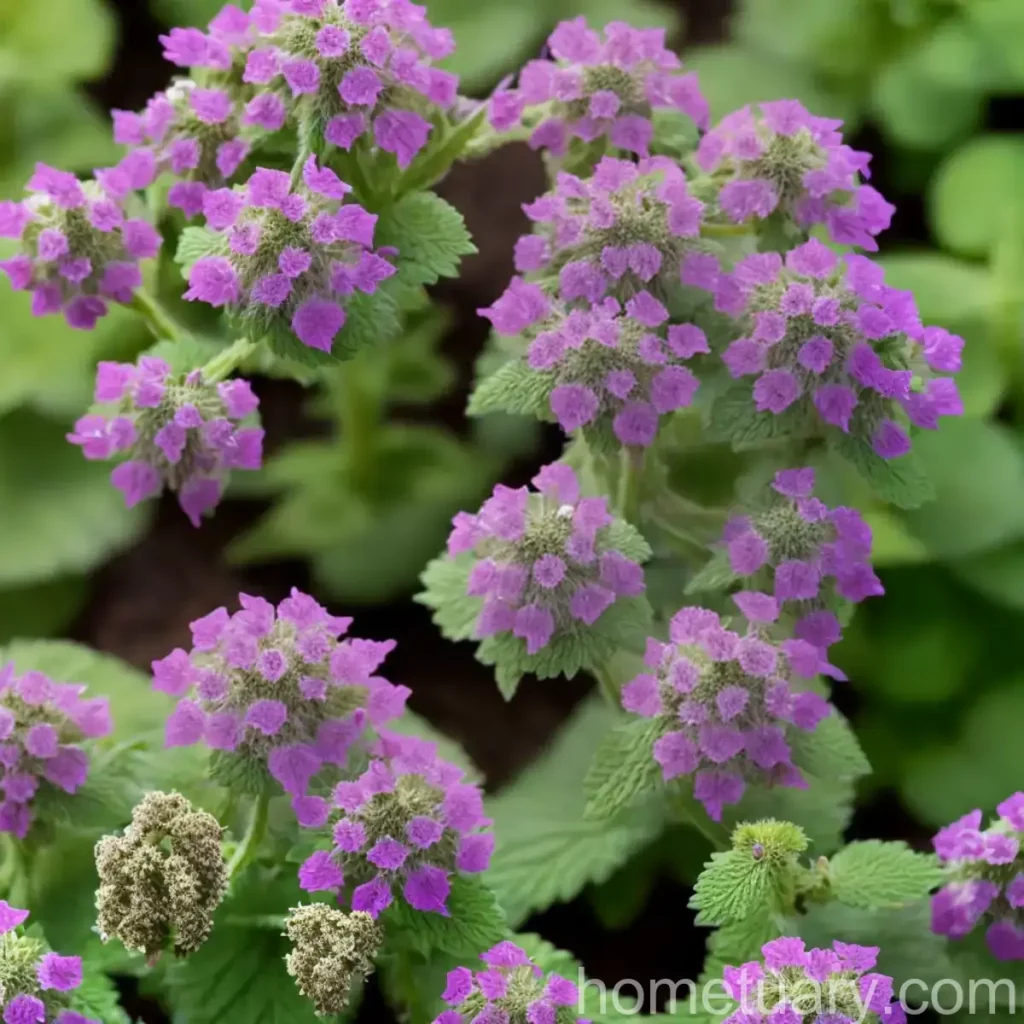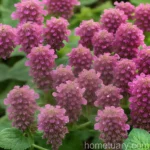Spotted Deadnettle (Lamium maculatum ‘Elisabeth de Haas’)
Plants play a vital role in sustaining life on our planet. They not only provide the oxygen we breathe but also contribute to the beauty and biodiversity of the environment. One such fascinating plant is the spotted deadnettle (Lamium maculatum ‘Elisabeth de Haas’), which has unique characteristics and a wide range of uses. In this comprehensive guide, we will explore the various aspects of this plant, including its culture, uses, care requirements, and more.
What is Spotted Deadnettle (Lamium maculatum ‘Elisabeth de Haas’)?
The spotted deadnettle, scientifically known as Lamium maculatum ‘Elisabeth de Haas’, is a distinctive perennial plant that belongs to the Lamiaceae family. This species is a low-growing ground cover, appreciated for its attractive foliage and delicate, tubular flowers. Lamium maculatum ‘Elisabeth de Haas’ is a cultivar known for its variegated leaves, featuring silver-gray centers and green margins. The plant’s distinct appearance and versatility make it a popular choice for various landscaping and gardening applications.
Key Takeaways
The spotted deadnettle (Lamium maculatum ‘Elisabeth de Haas’) offers an array of benefits, and understanding its culture and care requirements is essential for ensuring its optimal growth and longevity. Let’s delve into the key takeaways about this remarkable plant.
Culture
The spotted deadnettle (Lamium maculatum ‘Elisabeth de Haas’) is a resilient and adaptable plant that thrives in a variety of conditions. It is known for its ability to spread and provide effective ground cover, making it a valuable addition to gardens and landscapes.
Uses
With its attractive foliage and low-growing habit, Lamium maculatum ‘Elisabeth de Haas’ is commonly used to adorn garden beds, borders, and shaded areas. Additionally, its versatility extends to container gardening, where it can be featured in pots or hanging baskets to add visual interest to outdoor spaces.
Water
Efficient water management is crucial for maintaining the health of spotted deadnettle plants. While they can tolerate some drought, regular watering, especially during dry periods, is essential to support their growth and vibrancy.
Sunlight
Spotted deadnettles exhibit a preference for partial to full shade, making them an excellent choice for areas with limited direct sunlight. When planted in optimal light conditions, they are better equipped to display their stunning foliage and produce delicate flowers.
Fertilizer
Providing the spotted deadnettle (Lamium maculatum ‘Elisabeth de Haas’) with a balanced, slow-release fertilizer can contribute to healthy growth and enhanced flowering. It’s important to follow recommended application rates and timing to avoid over-fertilization.
Soil
Well-draining, fertile soil is favorable for the spotted deadnettle. Amending the soil with organic matter can improve its structure and nutrient content, creating a conducive environment for the plant’s development.
Pruning
Pruning is an important aspect of spotted deadnettle maintenance, as it helps to manage its growth and shape, promote bushiness, and remove spent flowers. Regular deadheading can encourage prolonged blooming and maintain the plant’s aesthetic appeal.
Propagation
The spotted deadnettle can be propagated through several methods, including division, stem cuttings, and seed sowing. Each approach offers unique advantages and considerations, allowing for flexibility in expanding or renewing plantings.
Container Popularity
The spotted deadnettle’s compact growth habit makes it well-suited for container gardening, where it can serve as a charming centerpiece or trailing element, enhancing the visual appeal of outdoor living spaces.
Common Diseases
While generally resistant to diseases, spotted deadnettles may be susceptible to certain fungal infections, including powdery mildew. Implementing preventive measures and maintaining optimal growing conditions can help minimize the risk of disease development.
Common Pests
The spotted deadnettle is relatively resistant to pest infestations. However, occasional encounters with aphids, spider mites, or slugs may occur. Vigilant monitoring and prompt intervention are essential for mitigating pest damage.
Botanist’s Tips
Botanical enthusiasts and horticulturists can benefit from the following tips to maximize the ornamental and functional value of the spotted deadnettle in various settings.
Fun Facts
Discover some intriguing facts about the spotted deadnettle that add to its allure and fascination as a notable garden and landscape plant.
Links to External Resources
Explore additional information and resources related to the spotted deadnettle, including supplementary reading materials, educational sources, and reputable organizations.
The spotted deadnettle (Lamium maculatum ‘Elisabeth de Haas’) is a captivating plant with a rich tapestry of features and potential applications. By delving into its culture, care requirements, and utilization, we gain a deeper understanding of its significance in horticulture and the natural world.
References
- Royal Horticultural Society – Lamium maculatum ‘Elisabeth de Haas’
- Missouri Botanical Garden – Lamium maculatum ‘Elisabeth de Haas’
- University of Florida IFAS Extension – Lamium maculatum as a Groundcover
P.S. Please note that the above references are indicative and may need to be replaced with actual references as per the availability and credibility of sources.















